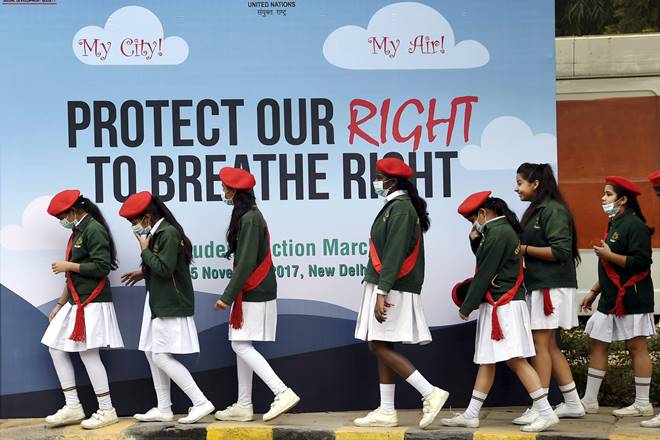As Delhi chief minister Arvind Kejriwal was busy discussing the pollution situation in the Chandigarh on Wednesday with Haryana CM Manohar Lal Khattar, an RTI reply put a big question mark on his intentions, or whether he really has any solutions to offer. While the meeting was still on, an RTI reply filed by activist Sanjeev Jain revealed that the Delhi government had collected Rs 787 crore as environment tax in 2015-16 but less than Rs 1 crore was spent by it in 2016. The development came at a time when the Delhi government has been crying over lack of funds and assistance from Centre. Despite this huge revelation, the Aam Aadmi Party remains in complete denial and once again blamed the central government for its failure to spend Rs 787 crore environmental cess collected in 2017 and accused the Modi government of blocking projects to control pollution. Now that we know that Arvind Kejriwal has the funds, here is how he can use them:
1. Improving Public Transport
Delhi has pretty solid public transport with Metro providing assistance to local buses and auto-rickshaws. However, there is still a scope for improvement. Both buses, as well as metro trains, are jam-packed during rush hours, causing a huge mess. The Delhi government can use this money to buy new buses and solve this problem.
2. Buying E-Buses
Yesterday, the Delhi government talked about a short-term plan to procure 500 electric buses (e-buses). These e-buses would not pollute the air and would also boost the public transport services. A senior government official had told PTI that the government plans to buy these 500 e-buses over the next 12 months. He said that the plan was discussed at a meeting chaired by Chief Minister Arvind Kejriwal.
3. Vacuum Cleaners
In a recent TED talk, Daan Roosegaarde, a 38-year-old Dutch innovator revealed his new project which is the world’s largest smog vacuum cleaner. This 7-meters (23 feet) tall vacuum cleaner which uses patented positive ionisation technology to produce smog-free air in public spaces, allowing people to breathe clean air, could well be the answer to Delhi’s woes.
4. Plantation Drives
The best way to fight pollution is by planting trees. Delhi, being the national capital, is highly populated and has few open areas. The Delhi government can use these funds to initiate plantation drives and work on the city’s green cover.
5. Spraying Water
Yesterday, the Aam Aadmi party leader Sourabh Bharadwaj told IANS that since installing air purifiers is not a feasible option, the government has decided to take up other measures like spraying water on roads to control dust. This can be a very effective step if done on a large enough scale.


